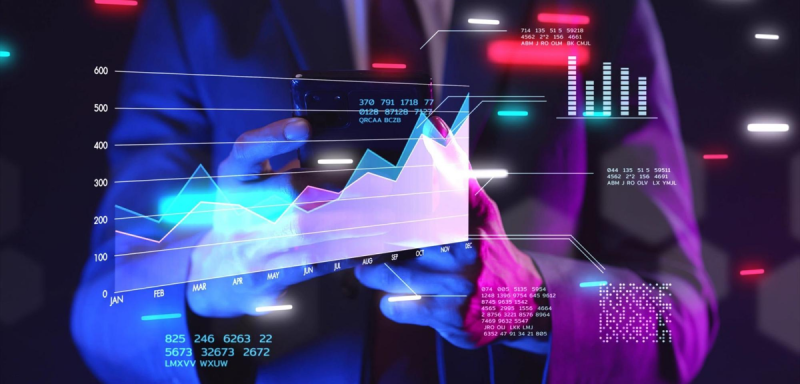The metaverse, a fast-growing virtual universe, offers new opportunities for financial institutions. With a predicted growth rate of 41.6% CAGR through 2030, the metaverse is seeing increasing demand from various industries, including entertainment, education, and defense. As more businesses move into this digital realm, the need for efficient transactional systems is becoming increasingly apparent.
The role of banks in the metaverse economy
Banks and other financial institutions, with their extensive experience in payment rails, are well positioned to take advantage of the expansion of payment types in the metaverse. They can use their expertise to develop secure wallets and other payment solutions tailored to the unique needs of the metaverse economy.
But the development of payment railways the metaverse will require a different approach compared to traditional card payments and ACH transfer offers. Success on this new frontier requires a deep understanding of the metaverse’s unique transaction, security, and compliance needs.

Transactions in the Metaverse
Currently, cryptocurrency wallet payments are the primary method of metaverse transactions. Users can purchase a variety of virtual goods, experiences, and even virtual land and other properties. However, the process of making these payments is more complex compared to one-click e-commerce and tap-to-pay point-of-sale transactions.
To address this, financial institutions can develop new payment methods for the metaverse, such as consumer-facing wallets similar to those used for e-commerce, but with blockchain security and payment options that include both cryptocurrency and other forms of payment. This approach could streamline consumer transactions and peer-to-peer payments while preserving the security and lower transaction costs of blockchain.
In addition to facilitating new payment methods, the metaverse offers banks the prospect of supporting new transaction types. The metaverse expands the way value is created, allowing even small-scale creators to benefit from their work. For example, users who attend a metaverse class, watch an ad, take a poll, or attend a concert can earn tokens from their school, favorite brands, entertainers, and advertisers.
Banks are also ideally positioned to serve as a bridge between real-world payments and metaverse transactions. One possible use case is converting cryptocurrency to fiat currency, allowing customers to spend the value they earn in the metaverse online or in physical stores. Another use case is helping customers acquire and manage “digital twin” products, virtual duplicates of physical goods purchased online.

Regulatory compliance: a major challenge
Despite these opportunities, banks face significant challenges in building payment railroads in the metaverse, with regulatory compliance being the biggest hurdle. Due to the complexity of the environment and associated costs, banks must build solutions that meet the same compliance standards as the real world for security and transparency.
Plus, they need to adapt those compliance standards to new use cases that only exist in the metaverse. The clearest way forward is to work directly with regulators in developing reverse payment structures and value transfer protocols.
In conclusion, the metaverse represents a new frontier for financial institutions. By leveraging their expertise and working closely with regulators, banks can play a central role in shaping the economics of the metaverse.
